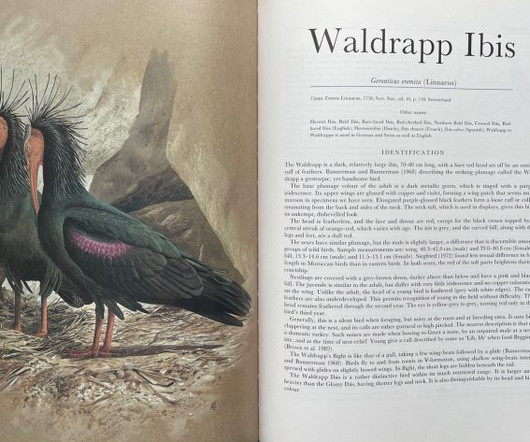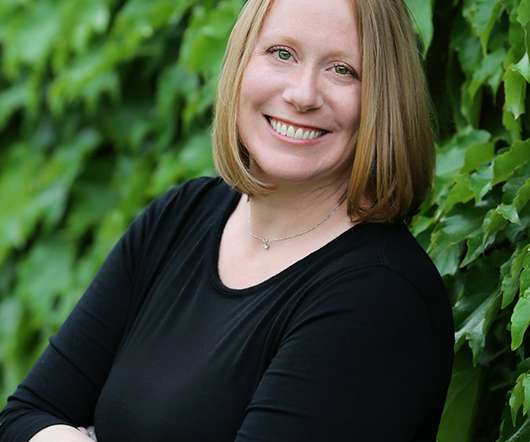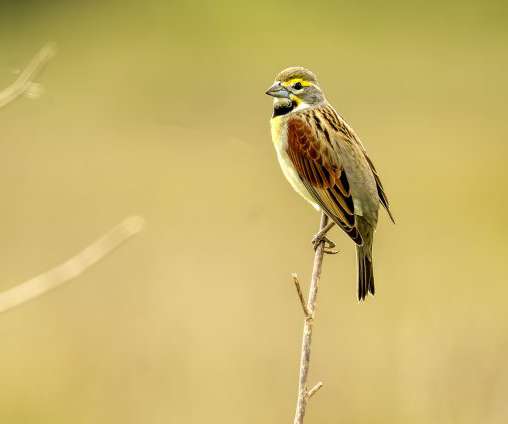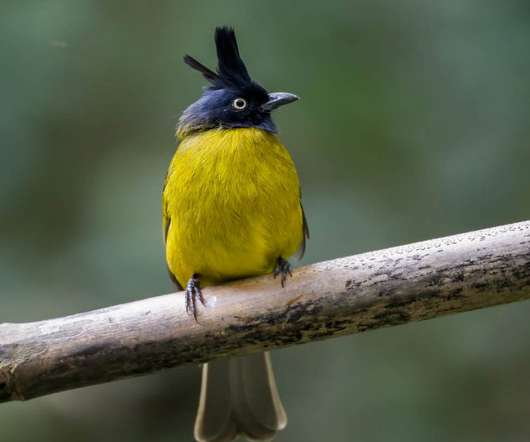The return of the Old Man
10,000 Birds
FEBRUARY 23, 2024
Storks, Ibises and Spoonbills of the World states that “disturbance by local people, tourists, and egg and zoo collectors has similarly reduced the colonies, and more protection is vital”. Such an intimate encounter with one of the world’s rarest birds was a memorable experience.
















Let's personalize your content